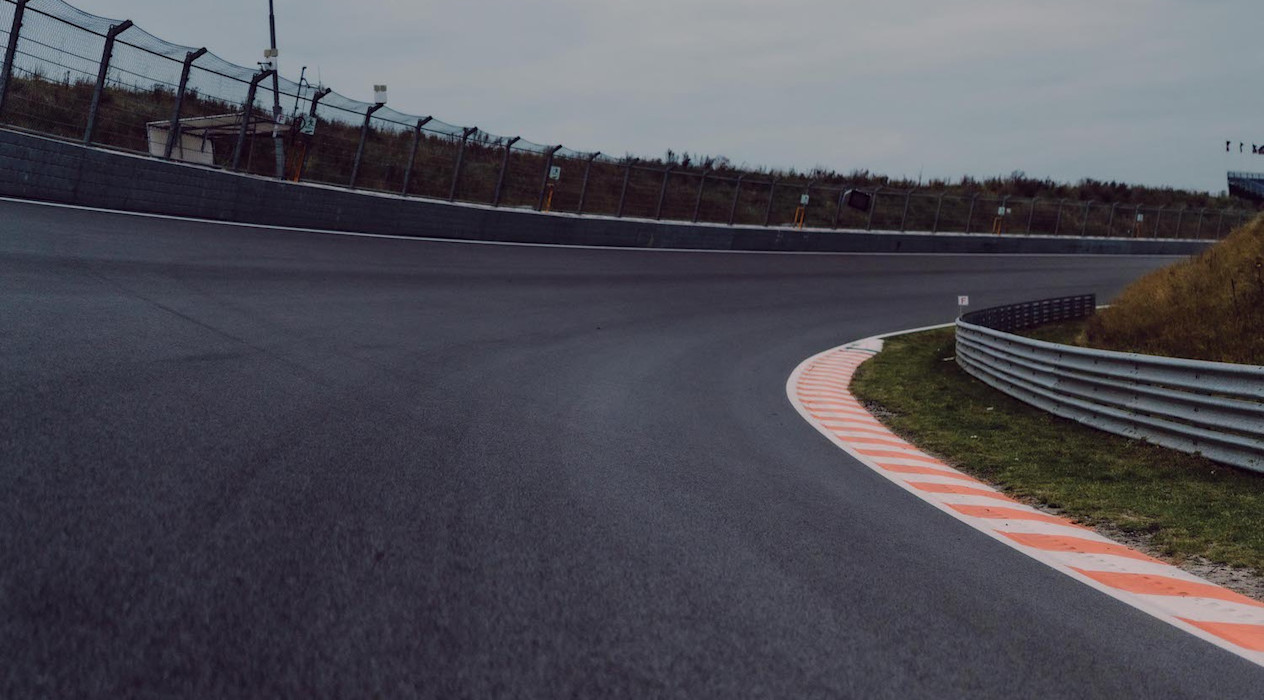
Formula One returns to Zandvoort for the first time since 1985, but Aston Martin Cognizant Formula One™ Team's heritage in the Netherlands stretches even further back.
Ahead of our racing return to the Netherlands, we're here to give you the lowdown on a truly historic circuit.
Ahead of its return to the Formula One calendar for the first time in 36 years, Zandvoort has undergone a significant renovation to encourage exciting Grand Prix racing.
Various parts of the new and improved track layout emulate Silverstone's fast-paced sweep of Maggots and Becketts, as well as Spa's Eau Rogue and Raidillon.
The history of the circuit dates back to 1939. A local street race at the time proved to be a success, and Mayor H. van Alphen saw the potential to boost the town's fortunes with a permanent racing facility.
While the outbreak of World War II put a hold on the plans, the Mayor continued to quietly plan the circuit in the background. After the war, the Dutch Automobile Racing Club then helped to form the initial layout.
Zandvoort later became a regular fixture of the Formula One Championship in 1952, and after a few absences in between, the final Formula One race of the previous circuit incarnation was held in 1985.
Despite a long absence from the World Championship schedule, Zandvoort has still played host to some of the most iconic moments in Formula One history.
In 1979, for example, Gilles Villeneuve memorably went flat-out… on three wheels. Having fought his way into the lead, a slow puncture of his left-rear tyre eventually ended in the compound exploding.
Despite spinning off, the Canadian got his Ferrari back on the track, and drove back to the pitlane with one arm raised to warn the drivers behind him, demonstrating expert car control.
The 1983 race featured the dramatic moment in which title rivals Alain Prost and Nelson Piquet collided while battling for the lead.
Both drivers retired from the race and, with just 14 points between the pair in the Championship at the time and only four races remaining, it would lead to a tense season finale.
Despite trailing in the standings, Piquet would still win the title in the end, his second championship and Brabham's last drivers' title success.
Zandvoort would, however, also prove dangerous, with tragedies leading to necessary circuit alterations and the venue eventually falling off the F1 calendar.
It now returns with the highest standard of Formula One and FIA safety, while retaining the character of the classic circuit.
Most exciting of all, the Dutch Grand Prix will feature two heavily banked corners, with the final Luyendyk turn promising high-speed, DRS-influenced racing and the opportunity for overtaking.
Access I / AM to get closer to the team.
































